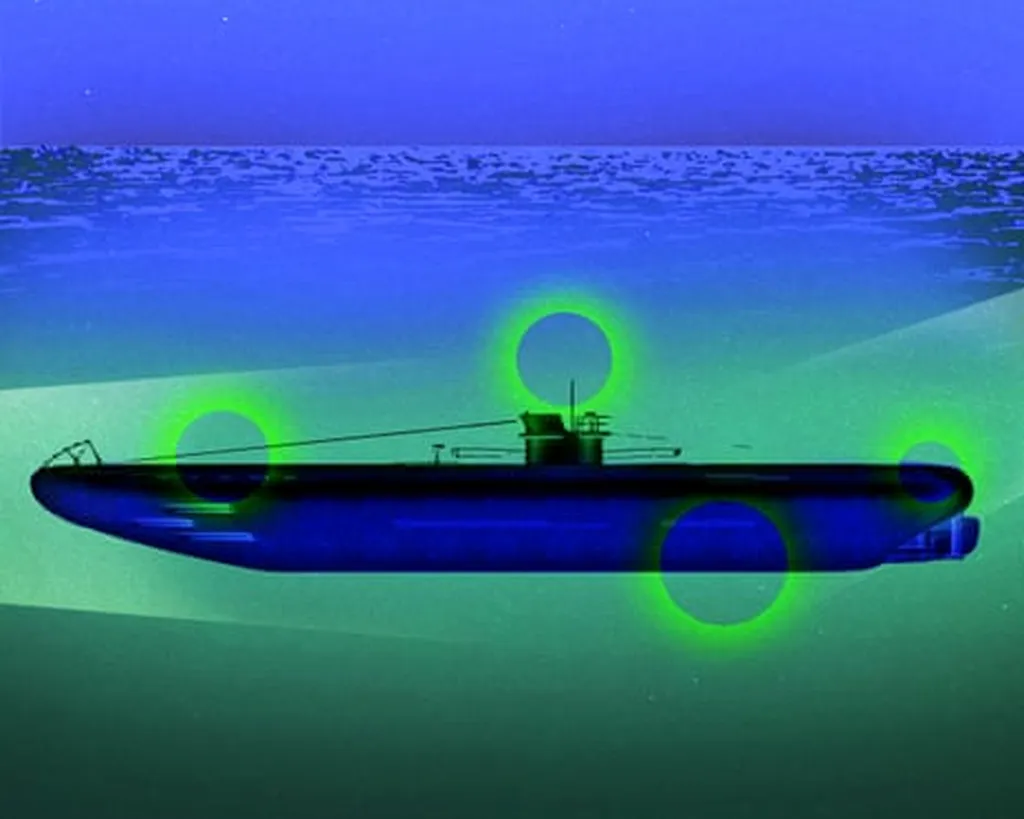In the world of maritime technology, the accuracy of 3D point-cloud data is paramount. This data, often used for mapping, navigation, and object detection, can be plagued by noise from various sources, affecting its reliability. A recent study published in the journal ‘Jisuanji gongcheng’ (translated to ‘Computer Engineering’) by researchers from Shanghai Maritime University, led by SHI Zhipeng, FENG Xiaowei, and ZHAO Yiping, tackles this issue head-on. Their work focuses on improving the noise reduction process in 3D point-cloud data, which could have significant implications for maritime industries.
The team’s research introduces a multi-hypothesis point cloud noise reduction method with an improved neighborhood drift. In simpler terms, they’ve developed a way to clean up noisy 3D data while preserving its unique features. Here’s how it works: first, they use a method called normal double-tensor voting to describe the features of the data. Then, they construct a transfer probability function using nonparametric estimation and calculate the weights of new sampling points using kernel regression. This process is repeated several times to obtain a nonlocal neighborhood. Finally, they determine the multiple normal directions of points with different features using a multi-hypothesis testing method and obtain the final normal directions by weighted average. Feature and non-feature points are then filtered using the multi-hypothesis testing method, and the point cloud model is denoised by generating multiple candidate points and using an objective function for optimization.
The researchers compared their method with other existing techniques like Robust Implicit Moving Least Squares (RIMLS), Edge-Aware Resampling (EAR), L1, and PointNet. They found that their method achieved an average noise reduction accuracy that was 38.1%, 41.3%, and 12.4% higher than RIMLS, EAR, and L1, respectively. While it was slightly less accurate than PointNet by about 2.9%, it has a significant advantage: it doesn’t require database training or parameter adjustment.
So, what does this mean for the maritime industry? Accurate 3D point-cloud data is crucial for various applications, from underwater mapping to autonomous vessel navigation. By improving the noise reduction process, this research could enhance the reliability of these technologies. As SHI Zhipeng, the lead author, puts it, “Our method can effectively suppress the noise of 3D point-cloud data while preserving the different characteristics, which is vital for maritime applications.”
Moreover, the fact that this method doesn’t require extensive training or parameter adjustment makes it a practical solution for real-world applications. It could potentially reduce the time and resources needed for data processing, leading to more efficient operations.
In the words of FENG Xiaowei, another lead author, “The proposed method can be applied to various maritime sectors, including underwater exploration, autonomous navigation, and object detection, to name a few.” The commercial impacts and opportunities are vast, from improving the accuracy of underwater surveys to enhancing the safety of autonomous vessels.
This research, published in ‘Computer Engineering’, is a significant step forward in the field of 3D point-cloud data processing. As maritime industries continue to evolve and adopt new technologies, the need for accurate and reliable data becomes ever more critical. This study offers a promising solution to one of the key challenges in this area.

